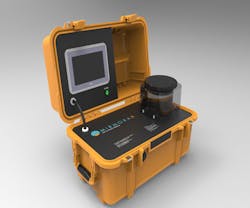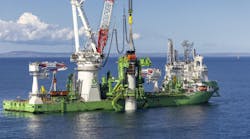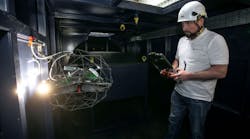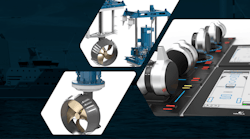Offshore staff
STAVANGER, Norway – Mirmorax AS has introduced its desktop oil-in-water analyzer, the DT250.
The portable instrument, based on the company’s third-generation ultrasonic technology, aims to provide efficient, flexible, and accurate sample analysis, as well as live measurements of oil and solids in produced water.
For operators, this will lead to improved monitoring capabilities and the flexibility to de-bottle neck various parts of the processing system. This will bring new value and optimization possibilities to existing separators and filters; enable targeted use of chemicals; and ensure the meeting of all environmental requirements, Mirmorax said.
The desktop oil-in-water analyzer will also be particularly suited to fields that host separation from different tiebacks with various oil types in the same produced water.
The new instrument provides oil-in-water analysis and can handle chemicals and various oil types. The company says it simultaneously detects oil and solid particles; calculates the mean size of oil particles and solids; and provides other crucial input information, such as the temperature and salinity of process water.
The system can be used as a sample analyzer or as a by-pass analyzer providing continuous measurements. It can analyze fresh produced water samples or samples that have been stored for a longer time.
In addition, Mirmorax said the instrument fulfills the weight and size requirements for offshore helicopter transportation.
The analyzer is said to be based on ultrasonic measurements in which individual acoustic echoes are characterized using advanced signal processing. An acoustic signal is transmitted directly into the produced water, and the reflection and absorption of the signal provides a wide range of accurate measurements. The analyzer is designed to manage the lower range (0-250 ppm) of oil and particles and delivers accurate classifications of particles and size distributions.
The design also includes a separate chamber where the sample is analyzed with a stirrer, to keep the sample homogeneous. Analysis time is less than five minutes under normal conditions with the model also including an outlet interface that allows for by-pass flow of produced water to flow continuously through the measurement chamber. The instrument also comes with a produced water-sampling bottle that enables closed circuit sampling for optimal HSE and the conditioning of old samples for later analysis.
08/31/2016





